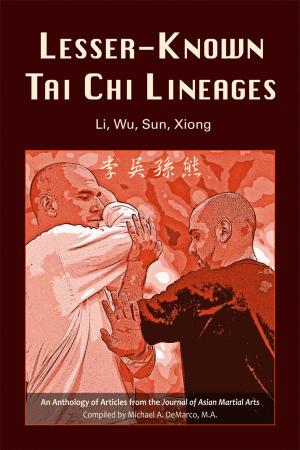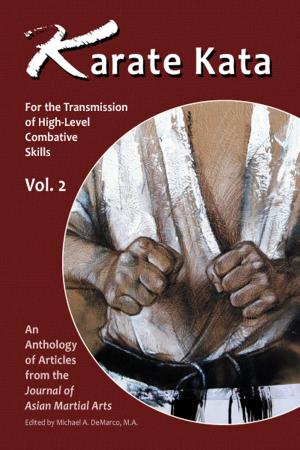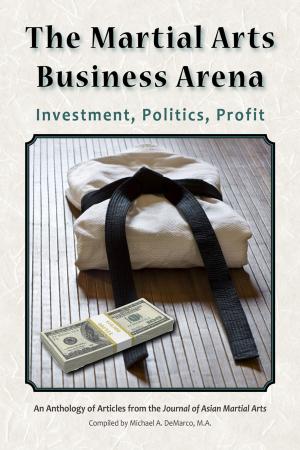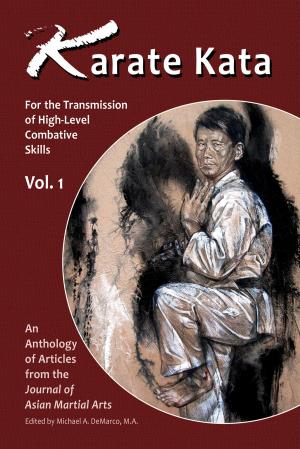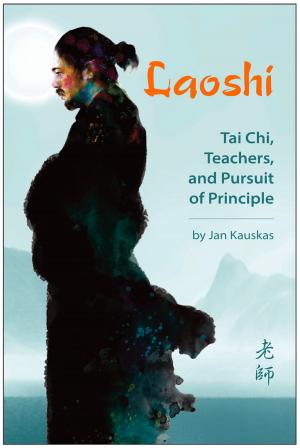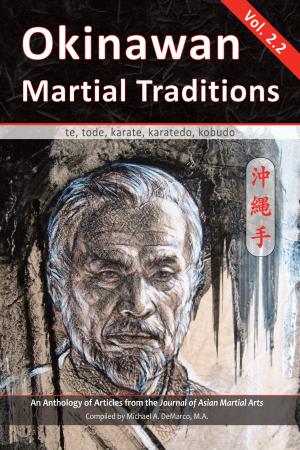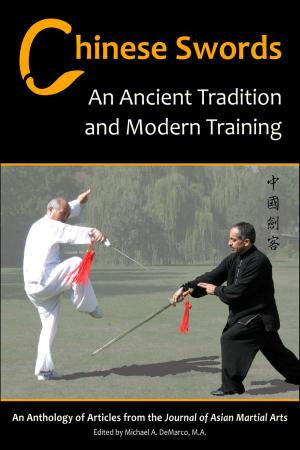Chen T’ai Chi: Traditional Instructions from the Chen Village, Vol. 2
Nonfiction, Sports, Martial Arts & Self Defence, History, Asian, China| Author: | Michael DeMarco, Bosco Seung-Chul Baek, Michael Rosario-Graycar | ISBN: | 1230000553407 |
| Publisher: | Via Media Publishing | Publication: | July 15, 2015 |
| Imprint: | Language: | English |
| Author: | Michael DeMarco, Bosco Seung-Chul Baek, Michael Rosario-Graycar |
| ISBN: | 1230000553407 |
| Publisher: | Via Media Publishing |
| Publication: | July 15, 2015 |
| Imprint: | |
| Language: | English |
When we think of martial arts in “old China,” we get visions of violent convulsions of dynastic change, devastating rebellions, civil wars, and banditry. Throughout the centuries there was a need for masters who possessed highly effective martial skills for positions in the military, protection services, and law enforcement. Out of this historical reality emerged a national treasure we call taijiquan.
Chen t’ai chi's mystique remains fundamentally a true fighting art, including bare-handed forms and applications, plus an arsenal of weapons that includes the spear, straight sword, broadsword, and halberd. Then there are the associated training methods used to master this complete system, such as qigong, push-hands, and standing post. All of these practices are infused with knowledge associated with the physical and mental aspects of the human condition.
Any serious taiji practitioner or scholar should have some understanding of the Chen family roots to get a vision of the whole tree. This two-volume anthology brings much of the rich heritage conveniently together for your reading. In this second volume, there is a special emphasis on nurturing the internal aspects for health as well as for combative skills. You will find clear explanations outlining each step in the learning process toward mastering Chen-style t’ai chi. Chapters included here clarify what proper training entails and why much time and effort (gongfu) are necessary to gain results.
When we think of martial arts in “old China,” we get visions of violent convulsions of dynastic change, devastating rebellions, civil wars, and banditry. Throughout the centuries there was a need for masters who possessed highly effective martial skills for positions in the military, protection services, and law enforcement. Out of this historical reality emerged a national treasure we call taijiquan.
Chen t’ai chi's mystique remains fundamentally a true fighting art, including bare-handed forms and applications, plus an arsenal of weapons that includes the spear, straight sword, broadsword, and halberd. Then there are the associated training methods used to master this complete system, such as qigong, push-hands, and standing post. All of these practices are infused with knowledge associated with the physical and mental aspects of the human condition.
Any serious taiji practitioner or scholar should have some understanding of the Chen family roots to get a vision of the whole tree. This two-volume anthology brings much of the rich heritage conveniently together for your reading. In this second volume, there is a special emphasis on nurturing the internal aspects for health as well as for combative skills. You will find clear explanations outlining each step in the learning process toward mastering Chen-style t’ai chi. Chapters included here clarify what proper training entails and why much time and effort (gongfu) are necessary to gain results.


